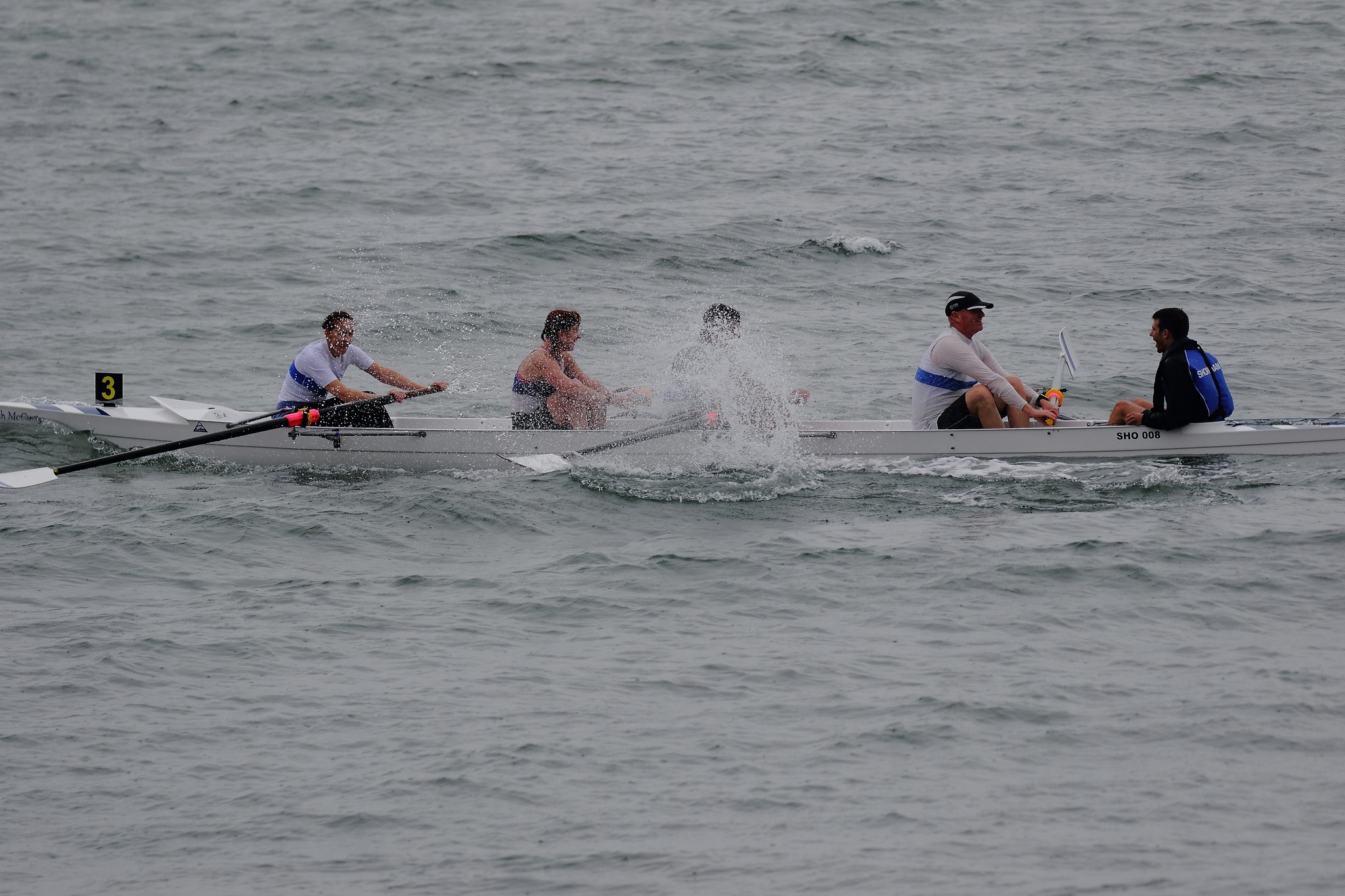Shoreham Rowing Club
Safety
Ensuring a safe environment for all members
SRC's Commitment
to safety
At Shoreham Rowing Club, safety is a shared responsibility. We want every member to enjoy rowing while feeling confident and prepared on the water.
To help you row safely, we’ve developed clear guidance and policies that cover everything from planning your outing to what to do in an emergency. You’ll find full safety documents and action plans available below.
If you’re ever unsure or have any questions, please speak to the Club Captains, Squad Co-Ordinators or Safety Officer. We’re always here to help.

Safety
measures
Safety Notice
Our latest safety notice outlines key reminders and essential information for all members. Please read before your first outing to help ensure a safe and smooth session on the water.
Safety Policy & Action Plan
This document explains how we manage risk at Shoreham, including emergency procedures and crew responsibilities. All rowers should familiarise themselves with the content.
British Rowing Guidance
We follow the national safety framework set by British Rowing. Their guidance supports best practice across all clubs and helps promote a safe environment for everyone involved.
Safety FAQ's
Do I need to be able to swim to row?
Yes, for your own safety, you must be able to swim at least 50 metres in light clothing. This is a standard requirement for rowing at sea or on the river.
What happens if the boat capsizes?
Capsizing is rare but possible. All rowers are taught what to do in the event of a capsize and how to stay safe in the water. Our safety documents explain this in more detail, and our coaches are always on hand to guide you.
Are juniors supervised during their sessions?
Absolutely. Junior sessions are run by trained coaches and volunteers with appropriate safeguarding and safety measures in place. Parents are welcome to speak with the coaching team if they have questions.
What should I wear when rowing?
Wear close-fitting, weather-appropriate sportswear and avoid anything that could catch in the equipment. In colder weather, bring layers and a waterproof. Trainers should be worn in the boat.
How do I know if it's safe to row?
Water conditions are assessed before every outing. The captains, coaches or session leads will make the final call. If conditions are unsafe, the session will be adjusted accordingly.
